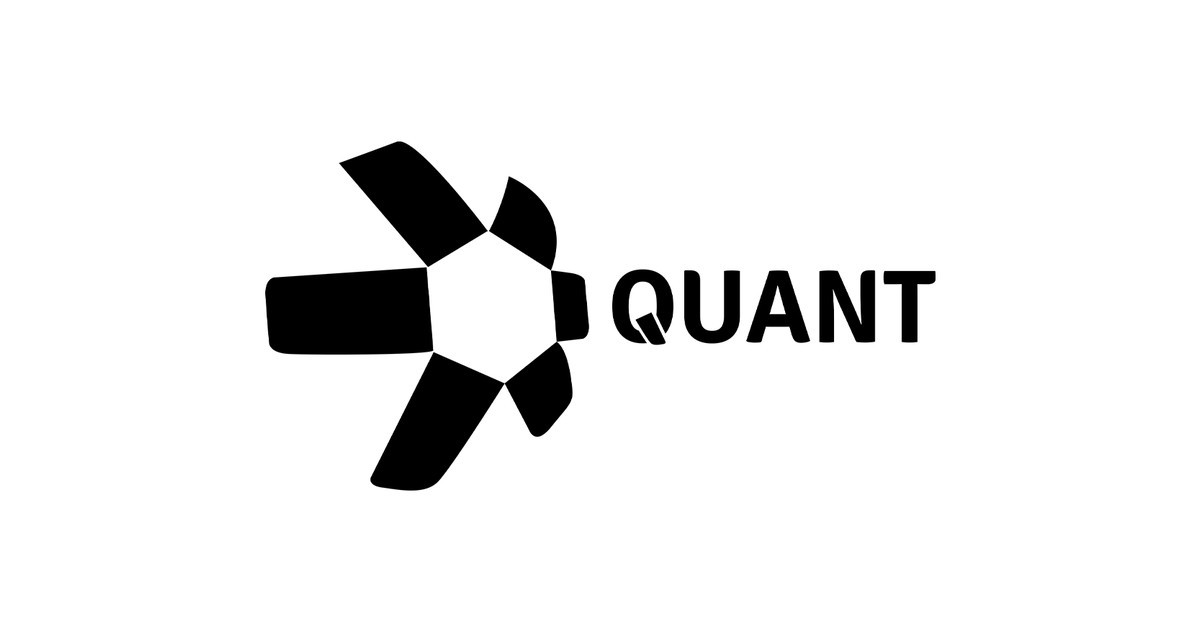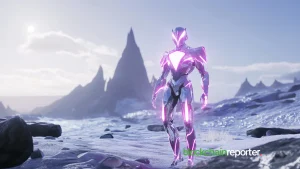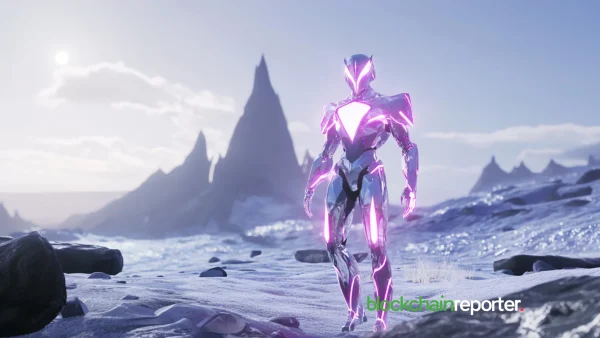
In a significant development toward the future of blockchain technology, Quant Network has been granted a patent for a groundbreaking innovation that promises to revolutionize the way transactions are processed on distributed ledger technology (DLT). The patent pertains to the chronological ordering of blockchain transactions, a development that could potentially enhance the efficiency, security, and transparency of blockchain operations.
Quant Aims To Make DLT Simple, Trusted And Future-Proof
Quant Network, a leading pioneer in distributed ledger technology (DLT), has announced the acquisition of a new patent, marking a significant milestone in its relentless pursuit to make DLT more accessible, reliable, and future-proof.
The newly secured patent, officially titled ‘Blockchain Communications and Ordering,’ acknowledges Quant’s innovative approach to chronologically ordering transactions across multiple blockchains. This unique method showcases Quant’s commitment to advancing the blockchain technology landscape.
Before Quant’s groundbreaking research and development, the varying ‘block times’ (the average time it takes to generate a new block) across different blockchains made it challenging to establish a consistent transaction ordering method. This inconsistency posed a significant barrier for firms looking to integrate multi-blockchain-based projects into their existing systems or utilize more than one type of blockchain in their operations.
The granting of Japanese patent 7273053 signifies a pivotal moment in overcoming these challenges. It recognizes Quant’s innovative solution to establish a universal time zone across all blockchains. This development allows enterprises, regardless of their size, to generate reliable, consensus-based records, thereby enhancing the integration and functionality of blockchain technology in various sectors.
Helen Kemmitt, Quant’s general counsel, said, “Patents underpin many of the world’s most important inventions. ‘Innovation’ is a word that’s overused in the finance and technology sectors – but a patent is an entirely objective seal that a firm is indeed a true innovator, which is why we’re unashamedly excited about this.”
Quant Network Advances In DLT
DLT is a type of database that is spread across multiple sites, countries, or institutions. Unlike traditional databases, where data is stored centrally, DLT allows for the storage of data across a network of decentralized nodes. Each participant in the network maintains a copy of the shared ledger, and transactions are recorded in real-time, making the data accessible for everyone on the network to see.
Blockchain is a type of DLT where transactions are recorded with an immutable cryptographic signature called a hash. This technology is primarily associated with cryptocurrencies like Bitcoin, but its potential uses extend far beyond digital currencies.
While Quant Network has been instrumental in collaborating with large institutions, including a recent project with the Bank of England exploring central bank digital currencies, it remains committed to making blockchain technology more accessible to firms of all sizes. This commitment is evident in the development of Overledger, their low-code, Software-as-a-Service (SaaS) platform.
Overledger’s technology, which includes other elements currently pending patent approval in various jurisdictions, is designed to simplify the integration and utilization of blockchain technology.
By ensuring the chronological ordering of transactions, Quant Network’s technology could potentially streamline the operations of various industries that rely on blockchain technology. This includes sectors such as finance, supply chain management, healthcare, and more.
In addition to enhancing security and efficiency, the chronological ordering of transactions could also improve the transparency of blockchain operations. This could boost trust in blockchain technology and encourage more businesses and individuals to adopt this revolutionary technology.









